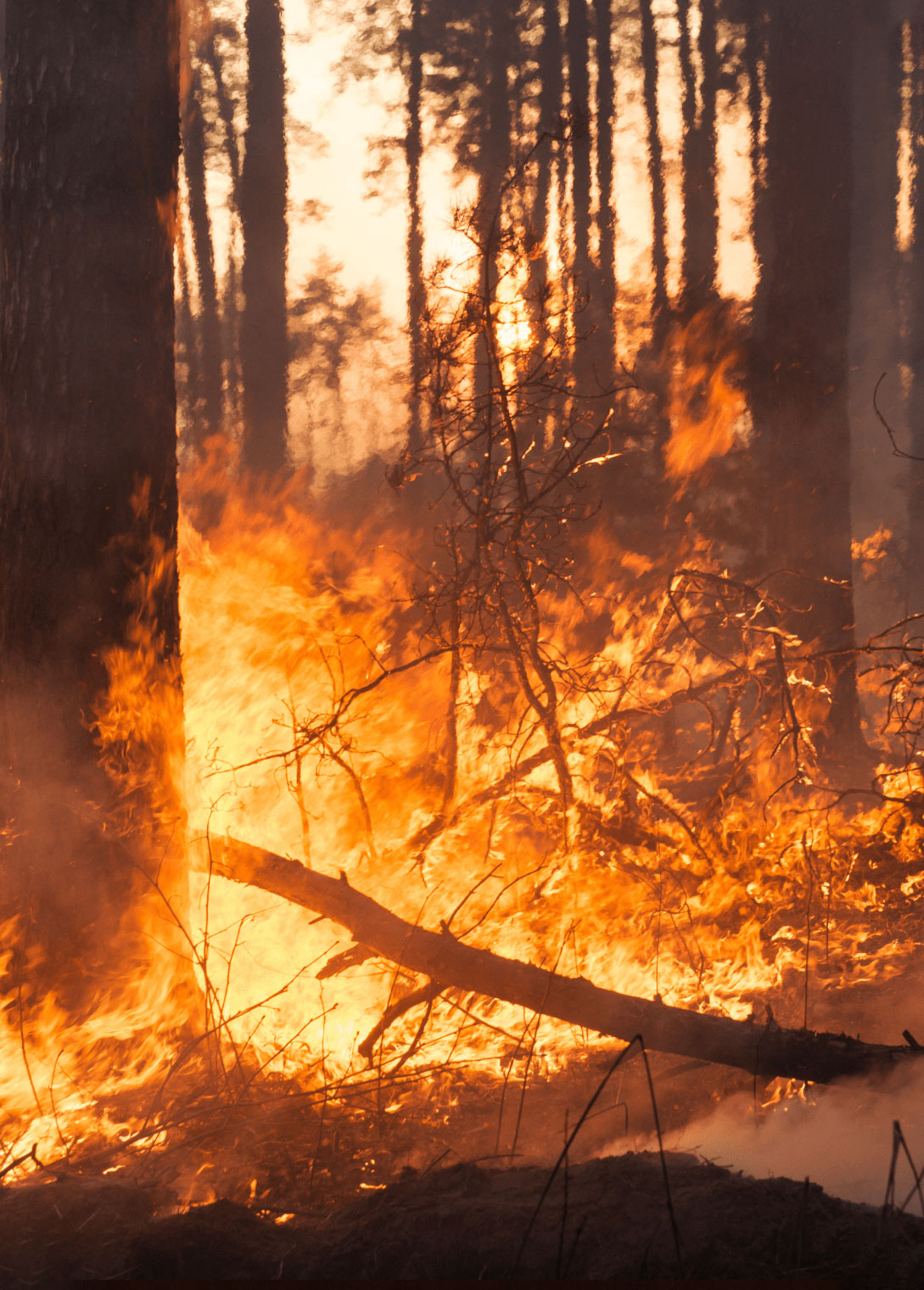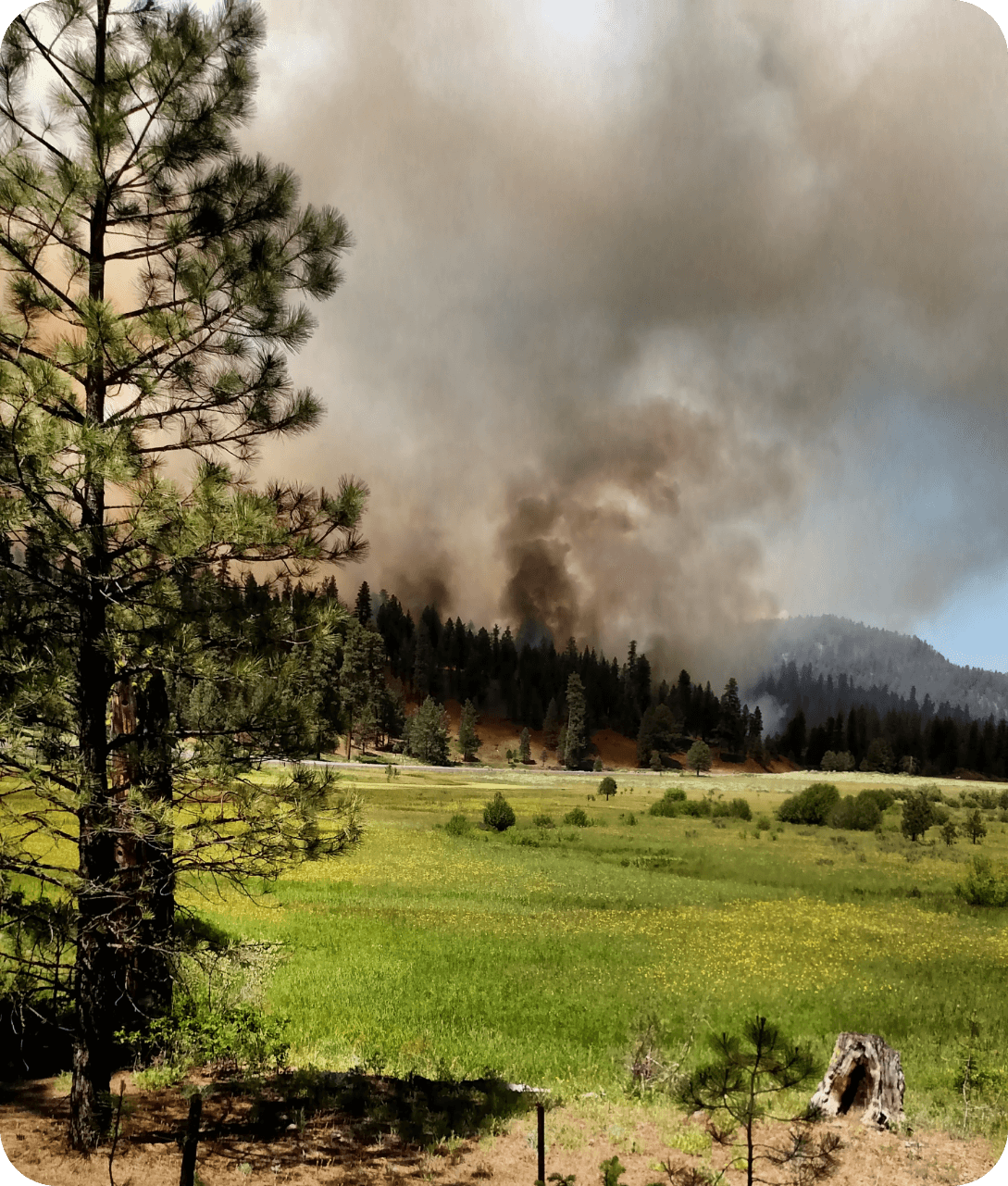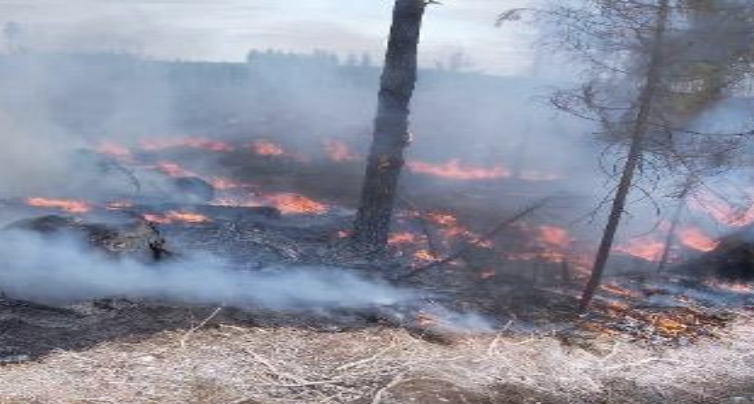New Fire Prevention Liquid for a Safer Future
Xpyro has developed a proactive and firefighting substance called PreFireX, which is sprayed on the ground as a chemical fire break to prevent wildfires.
PreFireX liquid is fast and easy to spray with any available equipment, from hand pumps and fire hoses to farming machinery or even aircrafts or drones. The fire break prevents the fire from spreading further and it can be used for redirecting an aggressive fire front. Once sprayed, the fire break or area protection will be functional for several days.
Our Globe is on Fire!
Wildfires are Destroying Our Planet.
Approximately 400–500 million hectares of land burn globally each year, roughly the size of Europe.
Wildfires release as much as one-third of global carbon dioxide emissions, and with climate change accelerating, the situation is getting worse.
The numbers are shocking:
- During the “Black Summer (2019–2020 fire season) in Australia, thousands of fires burned across the country. Over 18 million hectares (44 million acres) of forests and land were burned, 34 people lost their lives and billions of animals were killed or displaced, with species like koalas experiencing severe population losses.
- Wildfires in Los Angeles in January-25 burned 20 000 hectares, distroyed over 16 250 homes and businesses and killed 29 people
- The burn area in the Canada was over 16 million hectares during 2023. These release over 3 Billoin tons of CO2 –as much as the USA total emission of the for the same year.
- In 2024, Greece witnessed one of its worst wildfires, burning 100 houses and forcing 10 communities to evacuate. Over 700 firefighters were deployed to fight the flames, but despite their efforts, the fire spread rapidly, with 8 hospitalized and 2 firefighters injured.
This problem is not just an environmental issue; it’s a global crisis.
Traditional firefighting methods are inadequate, too slow, and often put lives at risk. In fact, current approaches are struggling to cope with the increasing frequency and scale of wildfires.

Benefits
There are four pillars of traditional wildfire fighting, which are:
- Water application
- Ground clearing (physical firebreaks)
- Counter fires (backburning)
- Aerial fire retardant drops
The integration of PreFireX with traditional firefighting methods addresses several critical limitations:
- Speed and efficiency: Traditional firebreaks and ground clearing are slow and labor-intensive. PreFireX can be rapidly deployed over large areas, creating effective barriers in a fraction of the time.
- Resource optimization: Water and retardant supplies are often limited, especially in remote or drought-stricken regions. PreFireX reduces the demand for these resources by providing a durable, preemptive barrier that does not require continuous reapplication.
- Risk reduction: Counter fires carry the risk of escape, and ground crews are exposed to hazardous conditions during manual clearing. PreFireX can be applied remotely, via air or ground, minimizing personnel exposure.
- Environmental impact: Physical firebreaks and some chemical retardants can cause long-term ecological harm. PreFireX’s non-toxic, biodegradable formula supports sustainable firefighting practices and ecosystem protection.
How it Works
Heat activates PreFireX
Fire produces heat, and in certain temperature the active ingredient of PreFireX, begins to vaporize, which gradually releases the water.
Water is released, reducing temperature
The released water lowers the temperatures and shuts down the fire.
Stops fire spread and fertilizes soil
After the fire, the remaining magnesium sulfate left as fertilizer into the soil

Why Choose PreFireX
Simple. Safe. Proven.
From effortless deployment to eco-safe impact — here’s why PreFireX is an additional choice for fire prevention.
Key Advantages
Ready to Use
No mixing. No added water. Just spray and go.
Eco-Friendly
Releases no harmful emissions and leaves behind zero environmental damage.
Turns Into Fertilizer
After activation, Prefirex enriches the soil — not pollutes it.
Protects Equipment
Anti-corrosive formula safe for use with firefighting tools and vehicles.
Long-Lasting
Protects sprayed areas for up to 5 days. Shelf life up to 2 years.
Backed by Experts
“The tests provide a clear indication that the PREFIREX offers a strong fire retarding capacity and at 1.5 l/m2 dosage it stopped the fire spread completely”
— Mr. George Kazakis, Research Fellow in Environmental Management, Fire Laboratory of MAICh
“Tests carried out by military fire brigades show that Prefirex is effectively in stopping the progress of wildfires”
— Kimmo Oinonen, Rescue Chief Fire, Inspector of the Defense Forces Finland
Successfully Tested and Qualified by
Finnish Defence Forces
Emergency Service Academy, Finalnd
Forest Fire Laboratory, GR
Global Impact & Applications
Xpyro PreFireX Dual-Tech can be used:
Agriculture and farming areas
National borders
Forest and ground fires
Military grounds
training areas, weapon stocks
Critical infrastructures and properties
power plants, airports, factories, buildings
Protected by Global Patents
Granted Patents:
- USA
- Canada
- Australia
- Malaysia
- Indonesia
- Finland
- OAPI (17 African countries)
Patents Pending In:
- European Union (38 countries)
- China
- Brazil
- Philippines
Led by good mix of the competences and valuable collaboration partners
The Xpyro team brings together experiences from firefighting, chemistry, science and international collaboration.

Harri Keskinen
CEO

Antti Haapala
CTO

Nikolaos Papamatthaiakis
Product Development
Latest News & Updates

PreFireX Proves Its Strength in the Field: Tested by Finland’s Emergency Services Academy

PreFireX in Action: MAICh Wind Tunnel Tests Confirm Powerful Fire-Stopping Effect
